
Mangrove restoration in local settings for most communities worldwide fails to meet the targets because of the limited application of science, expertise and technology. Tanzania has lost 100,000 hectares of mangroves, our focus is to use the best science and technology applications (Artificial Intelligence, Internet of Things and Machine Learning) to guide our community mangrove restoration for better success. One of the programs currently in place is the “Ten Million Mangroves” which aims to restore 10,000 hectares of mangroves by the end of 2030 through generous support from partners worldwide. These mangroves will absorb over 100 million tons of carbon dioxide annually and annually and 4 billion tons of CO2 from the atmosphere by 2040 contribute to the global carbon removal targets. The organization established the carbon climate impact of each hectare (or individual) planted mangroves for carbon offsetting for corporates and partners to support the planting of mangroves and contribute to the climate mitigation efforts. Our program started at Kwale Island which is surrounded by interesting culture, mangroves, coral reefs and seagrasses that host marine biodiversity that experienced pressure in the past.
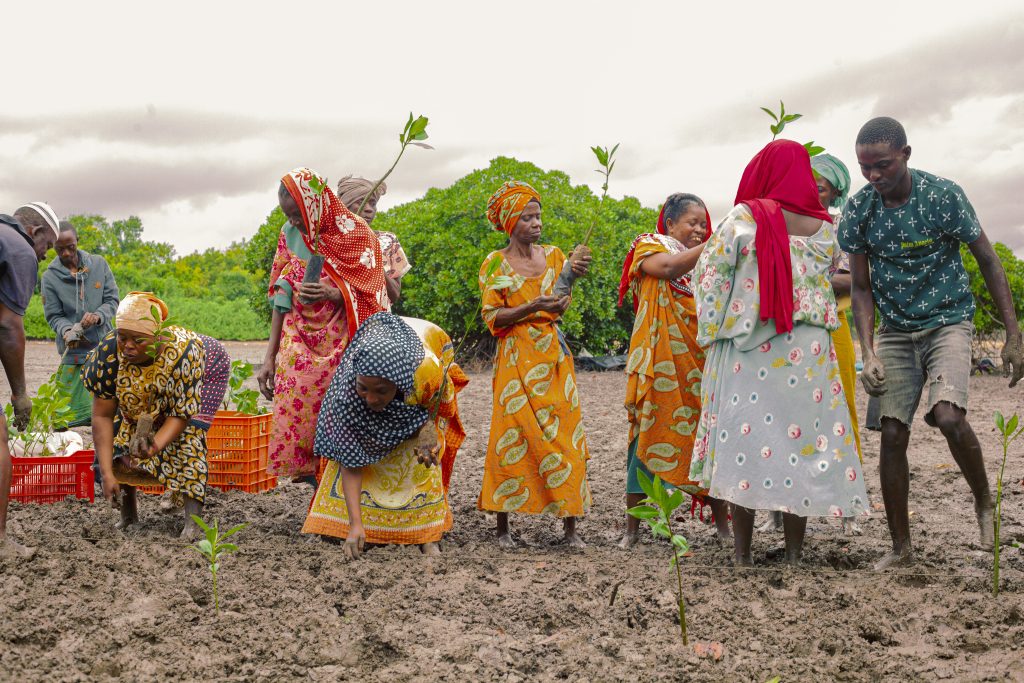
Our program is based on the best available science and community at the canter in such a way that all activities are participatory in planning mangrove restoration and subsequent implementation. Given the complexity of mangrove restoration given the daily tides and social settings, our team have successfully accumulated mangrove restoration restoration experience for over 10 hectares. This is through the application of local knowledge and guidelines for mangrove restoration to improve the success and monitoring of the trees over the years. We welcome and receive visitors in our projects annually who participate in mangrove restoration activities, and come to watch their replanted areas and impact after a few years.
Seagrass Conservation & Restoration
Seagrasses are flowering plants that grow and survive in the coastal ocean. They are threatened worldwide by human activities such as coastal land development, fishing trawling, motorboating; pollution and climate change. The global area of seagrasses is declining at the rate of 1.5% each year, equivalent to approximately one soccer pitch per minute. The efforts to restore and promote multistakeholder awareness and legal framework will significantly slow down the loss of these important habitats. Blue Carbon Tanzania work with coastal communities and practitioners to restore the lost seagrasses and promote best practices for sustainability. The twelve seagrass species in Tanzania include the Halodule uninervis, Halodule wrightii, Syringodium isoetifolium, Cymodocea rotundata, Cymodocea serrulata, Thalassodendron ciliatum, Zostera capensis, Enhalus acoroides, Halophila minor, Halophila ovalis, Halophila stipulacea and Thalassiahemprichii.
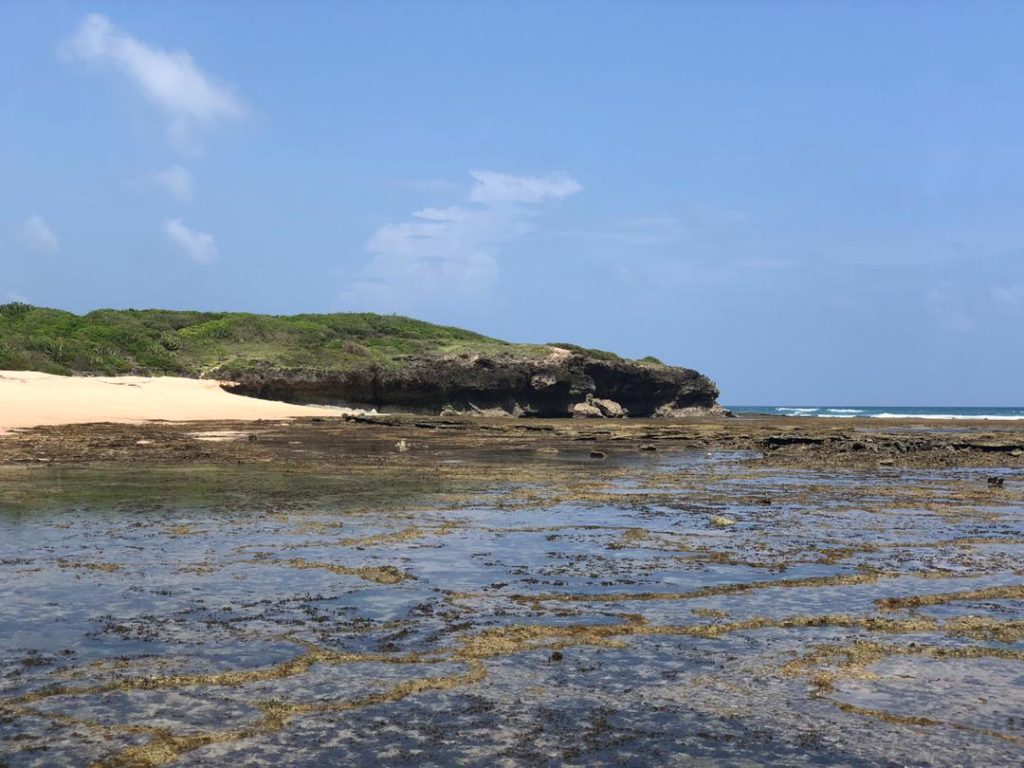
Our work focuses to improve the seagrass meadows and associated marine life to ensure conservation and sustainable management. Kwale Island is one such beautiful island we have dedicated our efforts to improving community management, capacity building, organizing awareness activities and restoration at large. The daily mapping and monitoring of seagrasses include the application of quadrats and transects, and restoration of the seagrasses surrounding the islands of Koma and Kwale in Mkuranga ward Tanzania.
Fishery and Biodiversity
Coral reefs are vital ecosystems fuelling both marine biodiversity and coastal fisheries. The systems face pressure due to an increasing population and human activities due to overfishing and global warming induced by climate. Mangroves, seagrasses and coral reefs host immerse biodiversity worldwide forming an important fishery and ecology. Coral reefs cover less than 1% of the global ocean but host 25% of the global fish and remain important for the artisanal fisheries that contribute to over 90% of total catch in developing countries like Tanzania. The increasing human pressure, overfishing, unsustainable fishing practices, pollution, illegal and unreported fishing affect the long-term survival of fish in the coral reef systems.
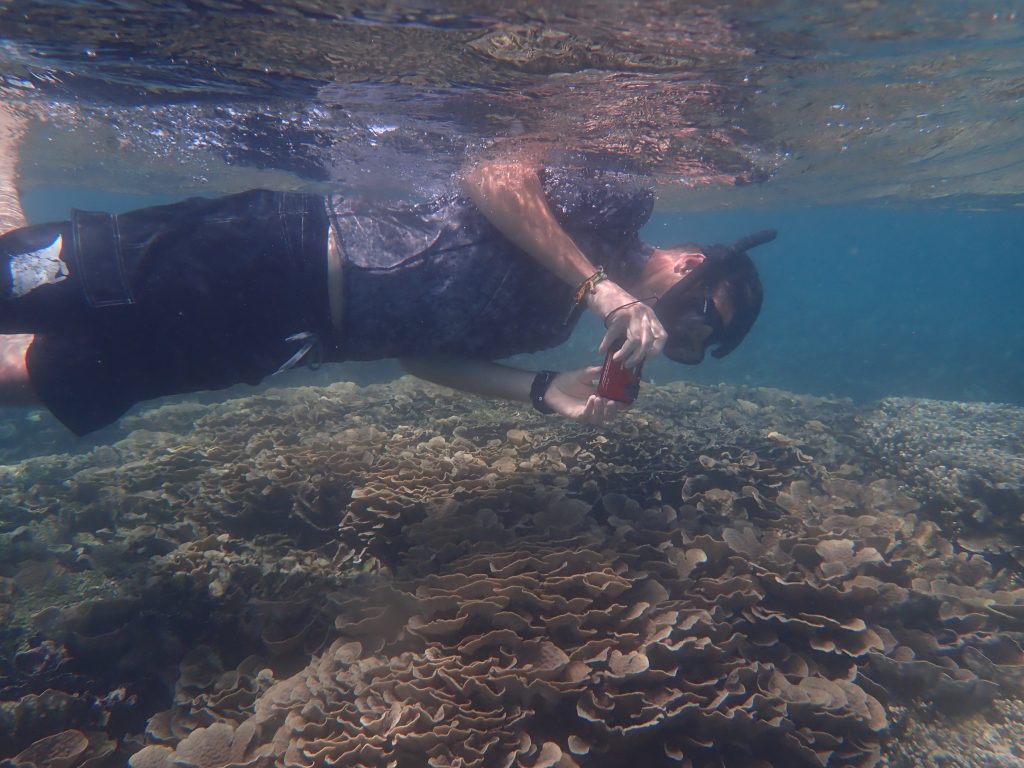
Our work focuses on conducting research and implementing projects and programs that improve the sustainability and long-term protection of fish biodiversity. These range from stock assessment mapping of biodiversity to contributing to fishery conservation of threatened and endangered species living in critical systems of mangrove, coral reefs and seagrass ecosystems. Furthermore, the organization support the sustainable use of coral reefs through eco-tourism initiatives, research, education and field visits.
Seaweed Farming
Seaweed Farming is an essential activity for the coastal women in Tanzania, contributing to the daily income and livelihood. The common seaweed farmed include the two red macroalgae ‘spinosum’ and ‘cottonii’). The women groups culture seaweed using the bottom pegs and lines which are laid in near-shore, and wait for 30 to 45 days until harvested. Upon harvesting the products are sold after drying and sold to consumers. At the Kwale island the production is affected by lack of production tools, insufficient capital, limited technology application and poor market linkage. Blue Carbon Tanzania work with these coastal women to pilot the new farming technique using the floating raft technologies to enable farming in deep water to counteract the effect of climate change causing the warming of nearshore waters.
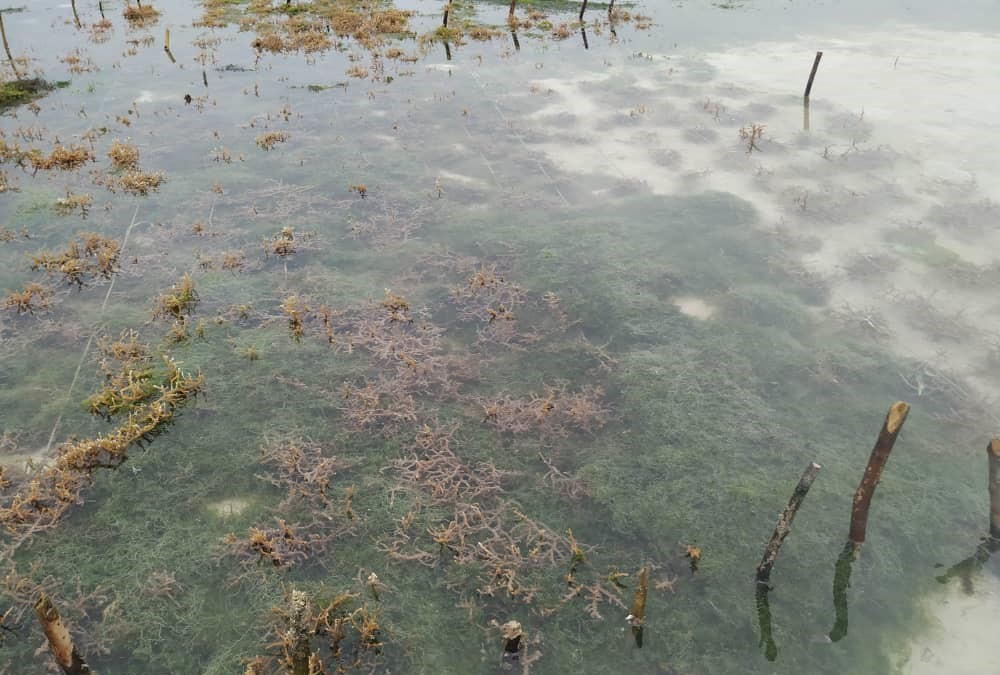
Our work aims to initiate microcredit and insurance schemes to support women seaweed farmers in these areas, to ensure they are adequately covered against the increasing risks of warming nearshore waters caused by climate change, improving their farming tools and technology. The crediting and insurance schemes for these local women are vital to ensure the sustainability of seaweed farming. We are looking forward to improving the resilience of the women local seaweed farmers, linking them with markets and teaching them entrepreneurship business management skills. Seaweed carries essential nutrients for good health and is an important raw material that can be used to produce value-added products, biodegradable fishing nets and biochar as a sustainable fertilizer containing more potassium and calcium derived from the ocean.
Developing Blue Carbon Credits
Our team have profound experience in starting and developing successful blue carbon credit projects. In villages where we are working in Tanzania, we conduct baseline assessments and feasibility studies for successful blue carbon projects focusing on mangrove and seagrass ecosystems. The feasibility studies enable full implementation of the blue carbon projects in cooperation with standard partners (Plan Vivo and Verra), communities and government, following the newly launched Blue Carbon Trading guidelines in Tanzania by the Tanzania Forest Service Agency.
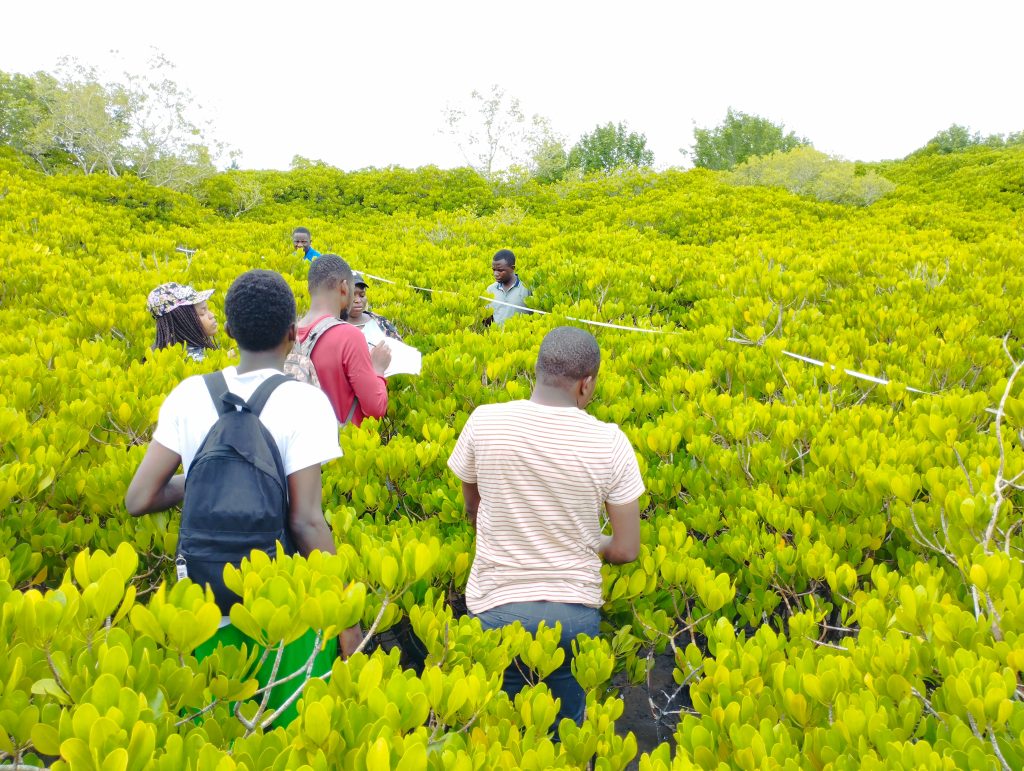
Our team member (s) already implemented the carbon stock assessment in Tanzania in cooperation with a partner at the Leibniz Center for Tropical Marine Research (ZMT). The studies involved the collection of soil samples in mangroves and the measurement of carbon content for the future implementation of carbon credit trading schemes in Tanzania. The success of the carbon credit trading will benefit the local community in improving restoration and livelihood and empowering local community livelihood for conservation in the form of Payment for Ecosystem Services (PES).
